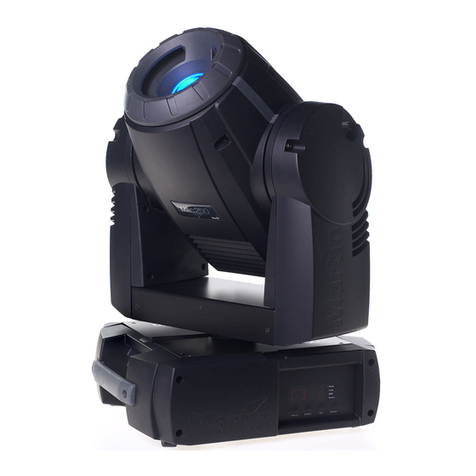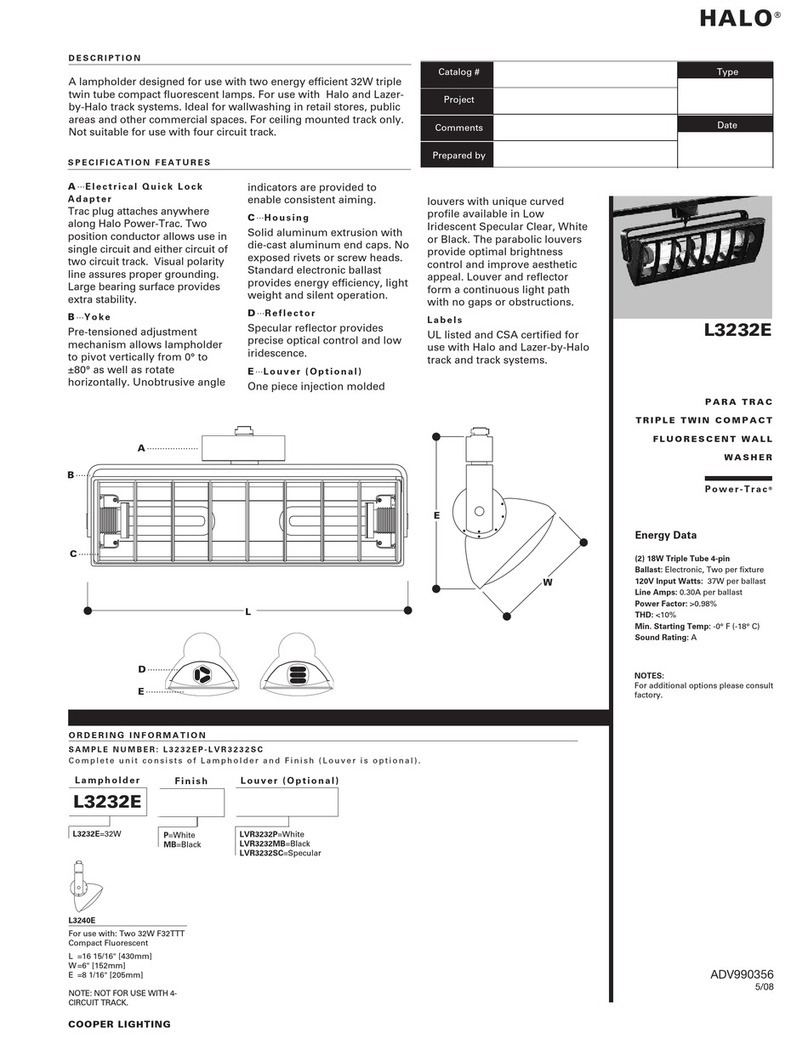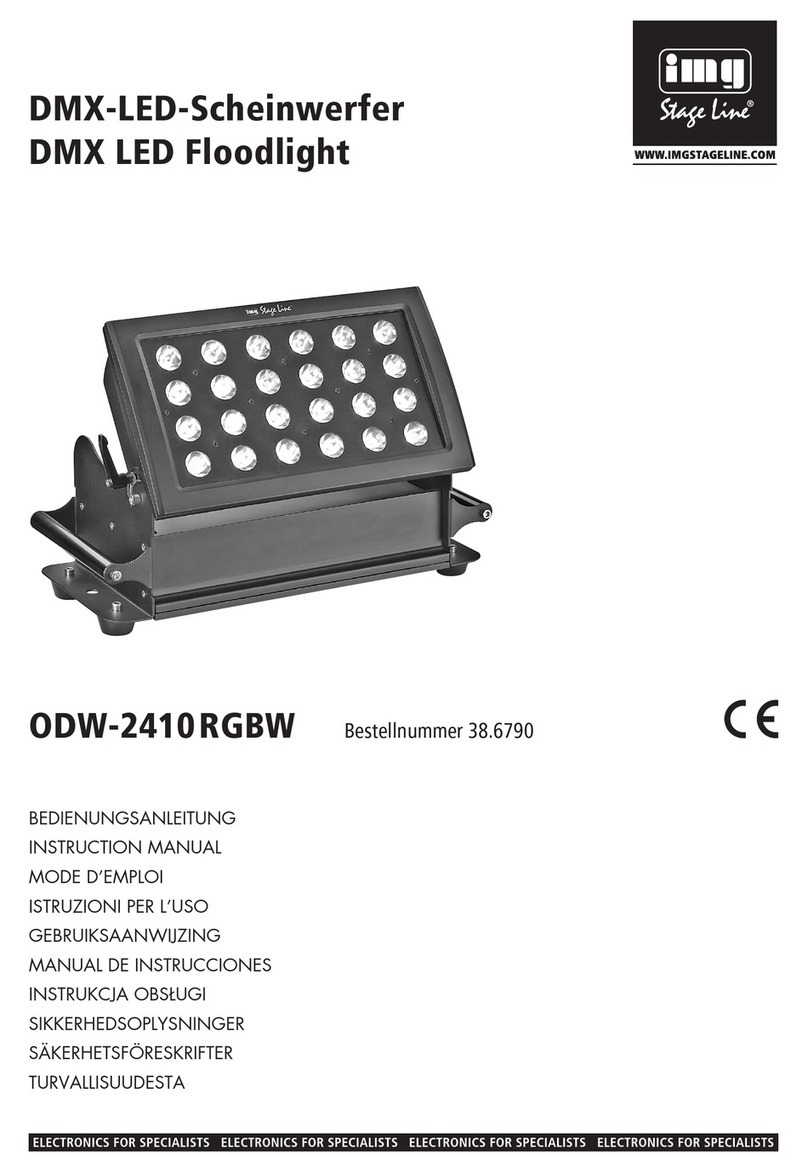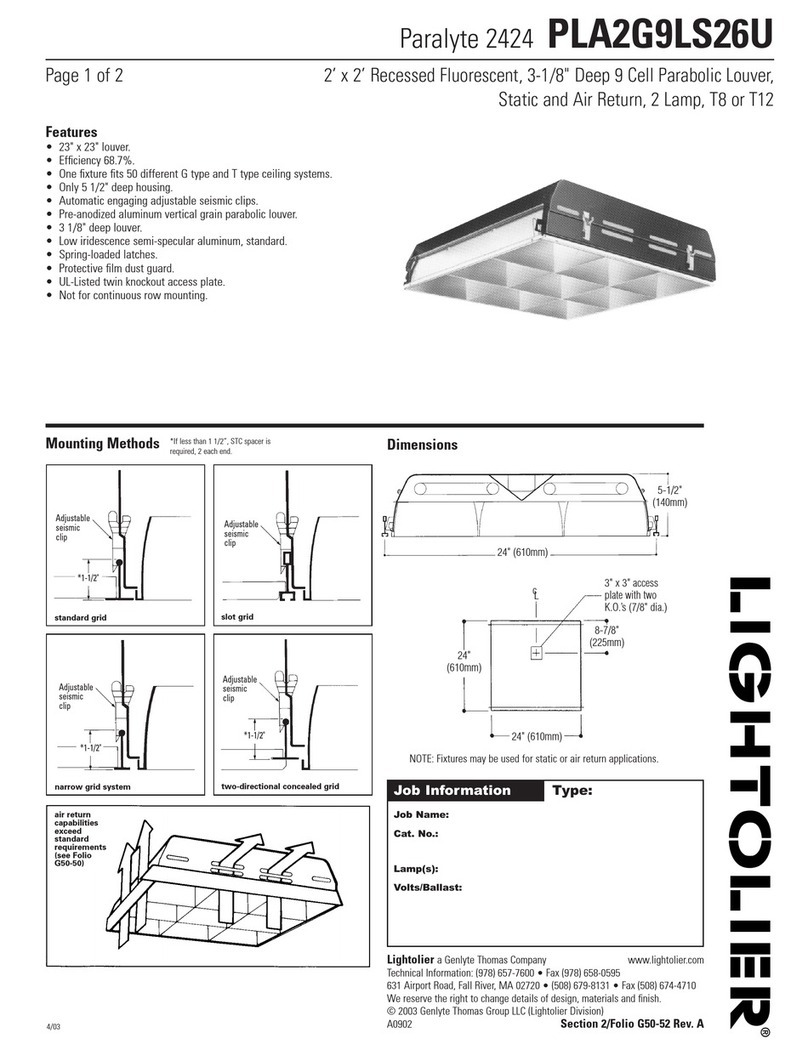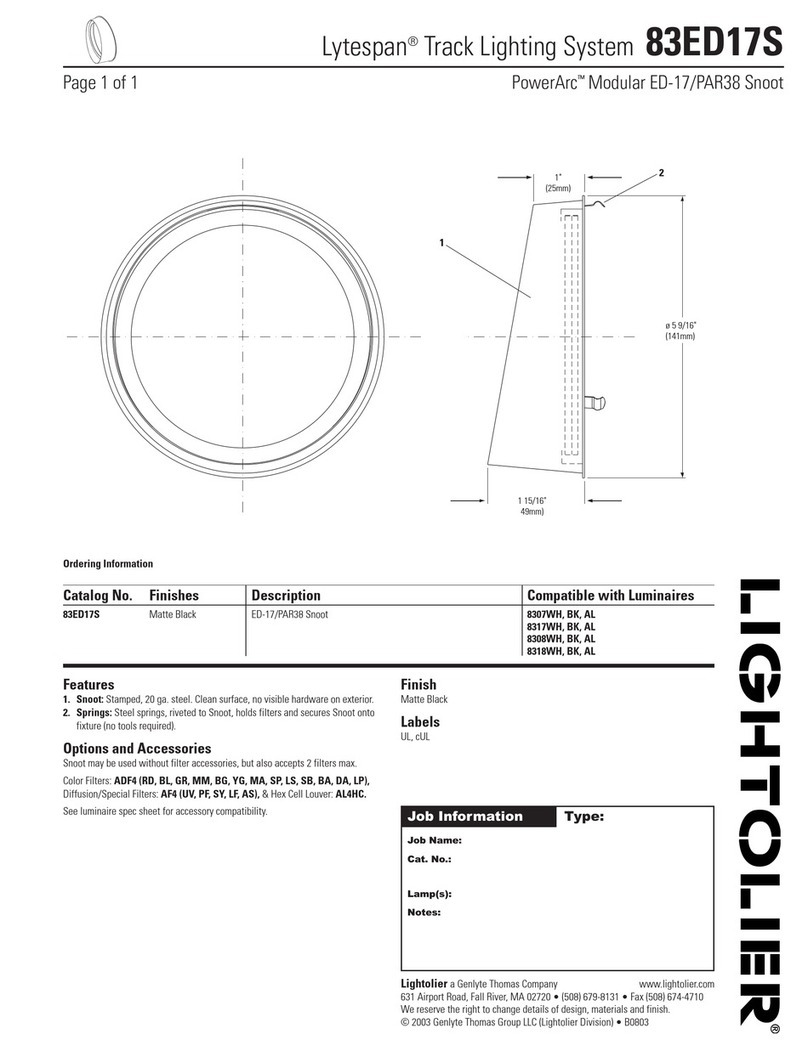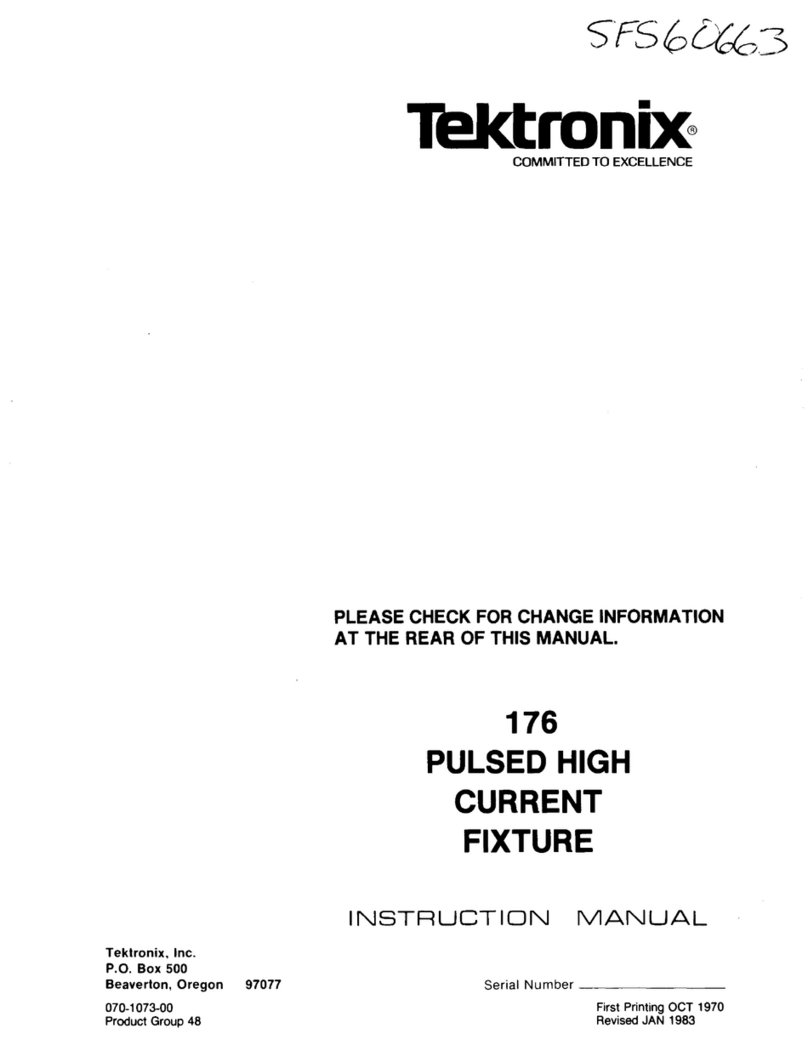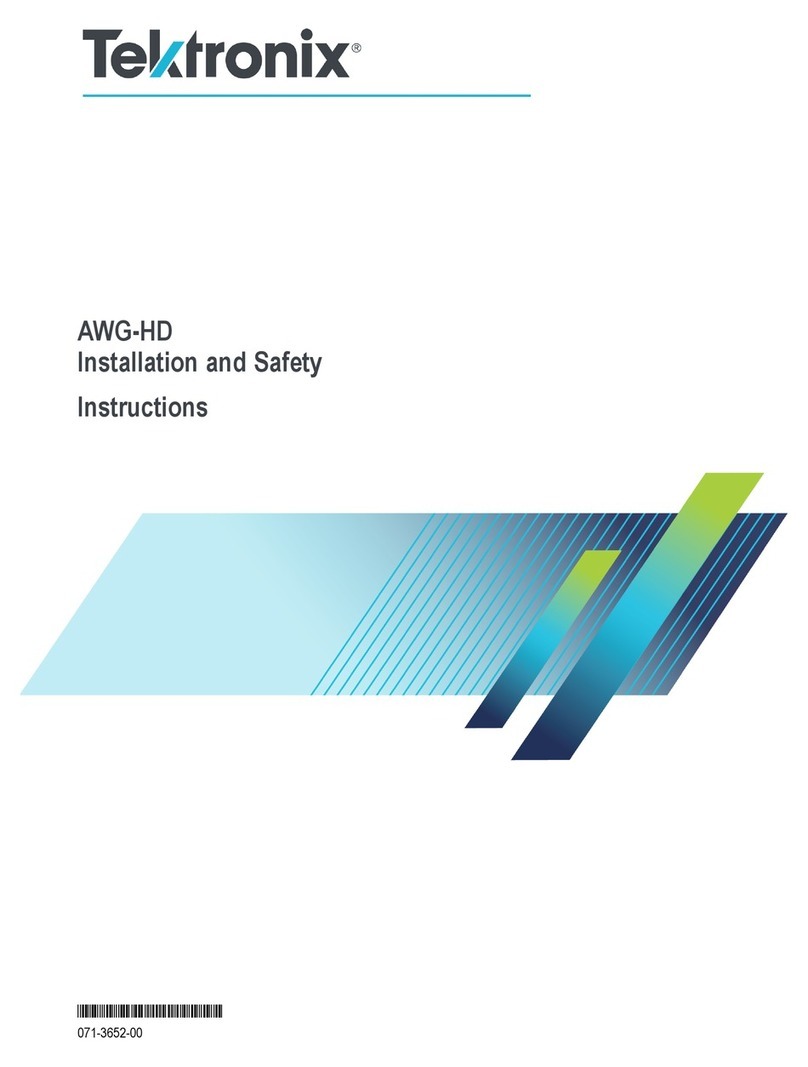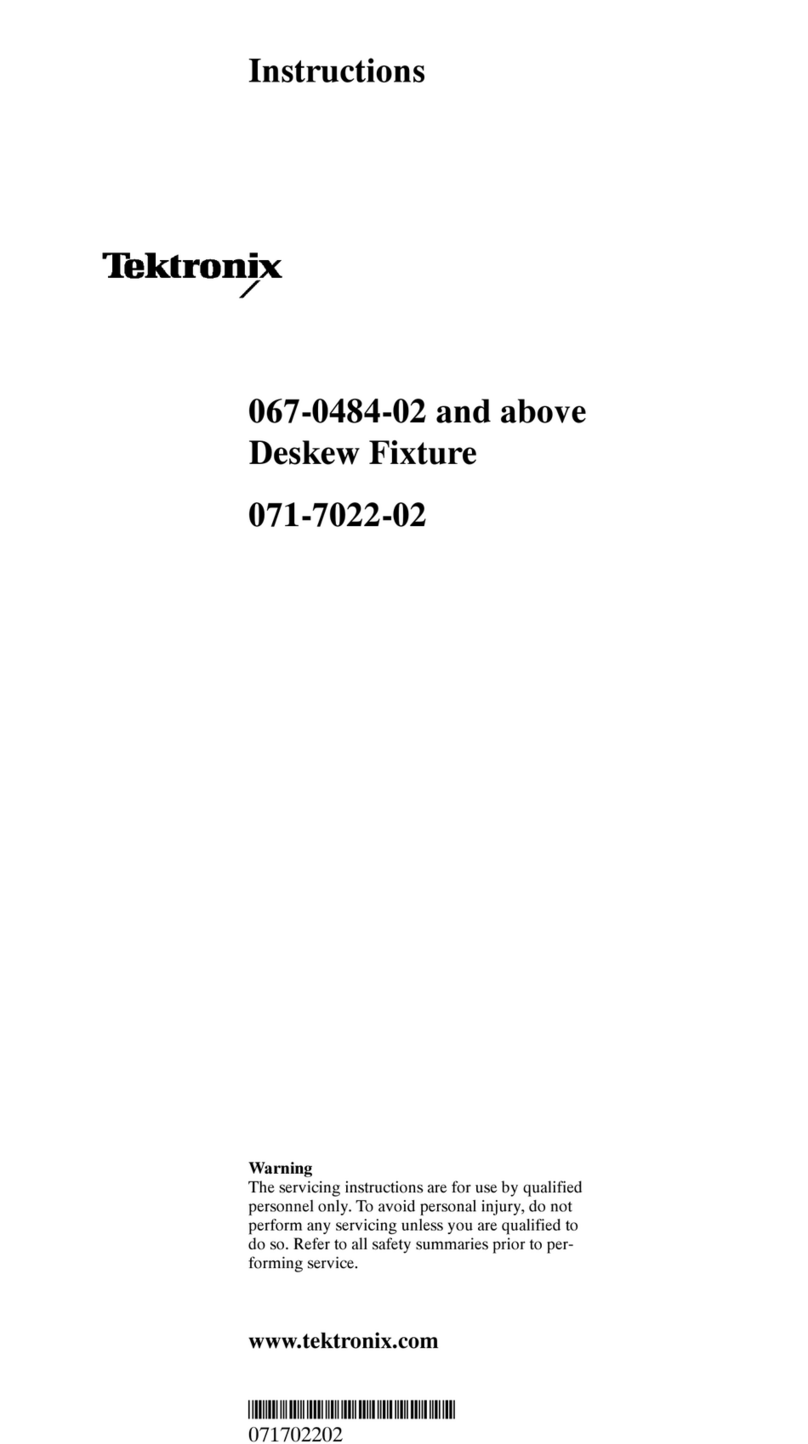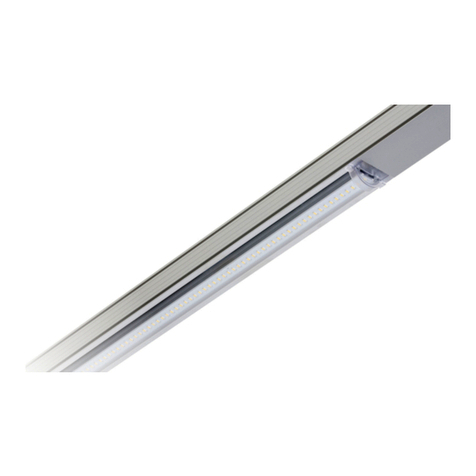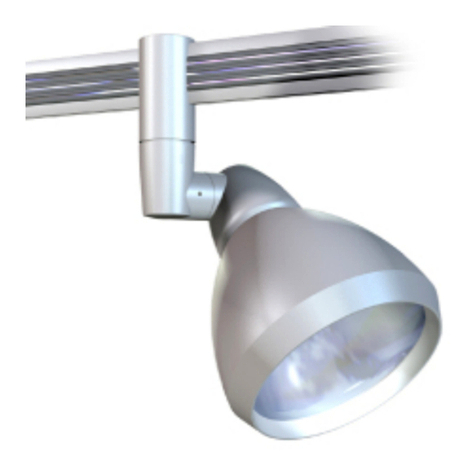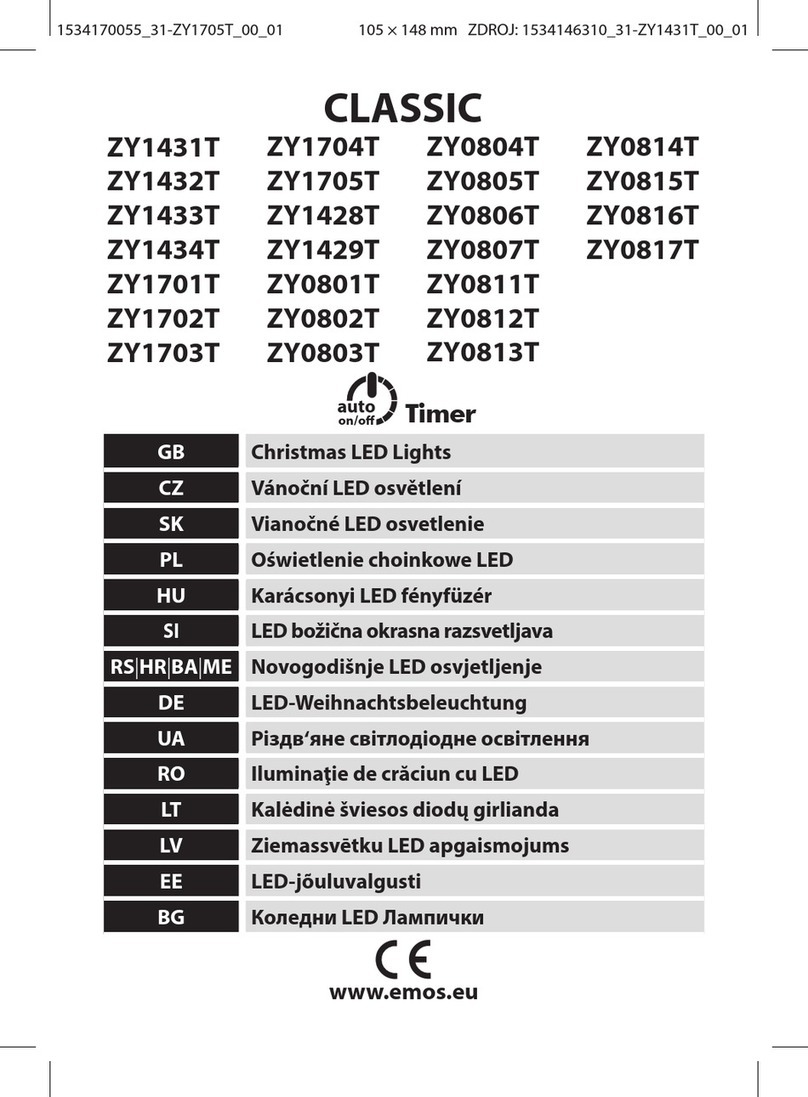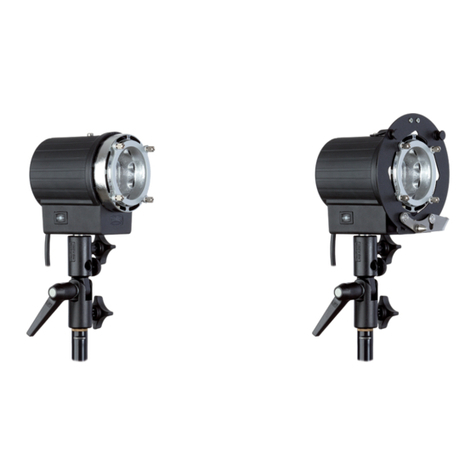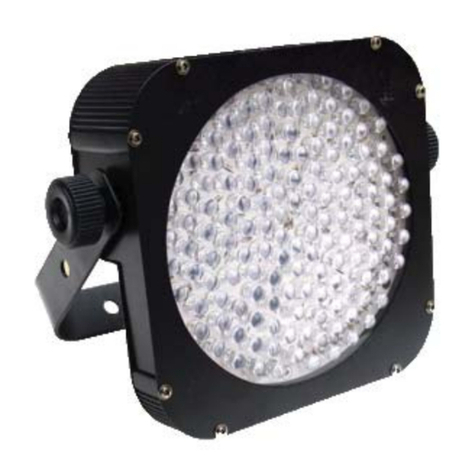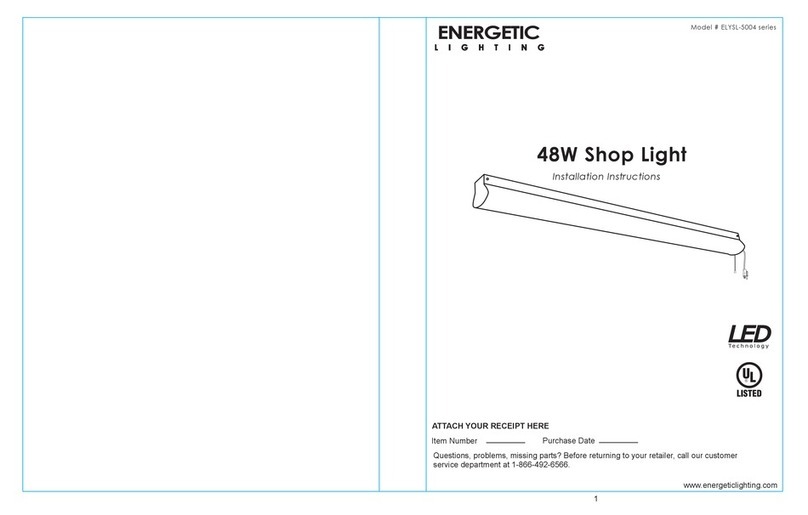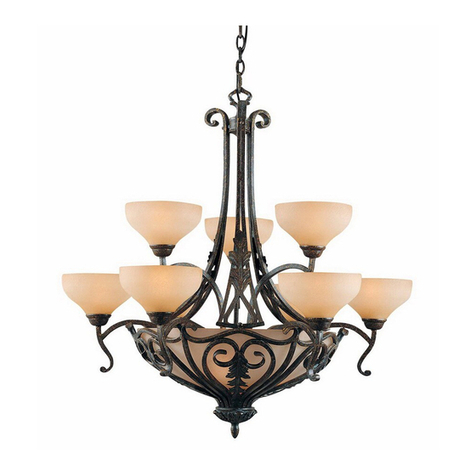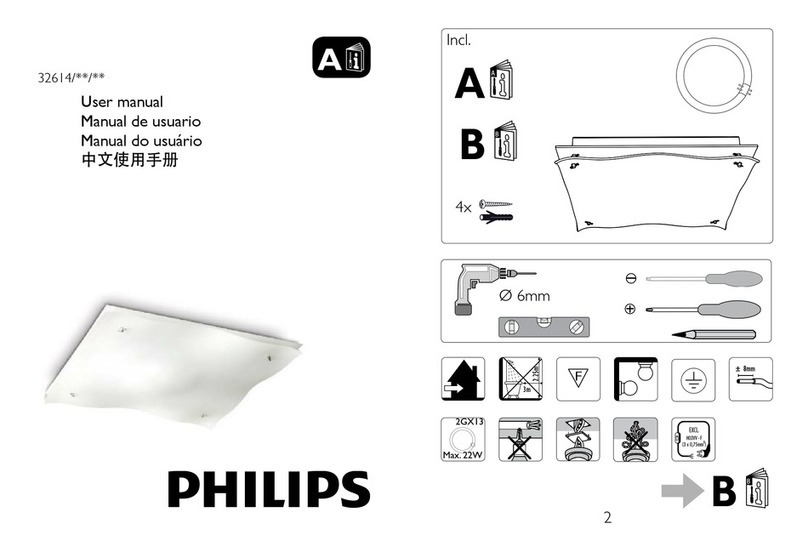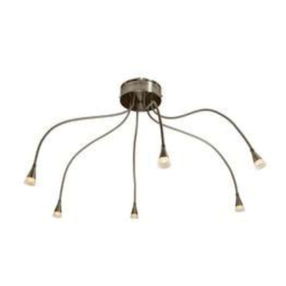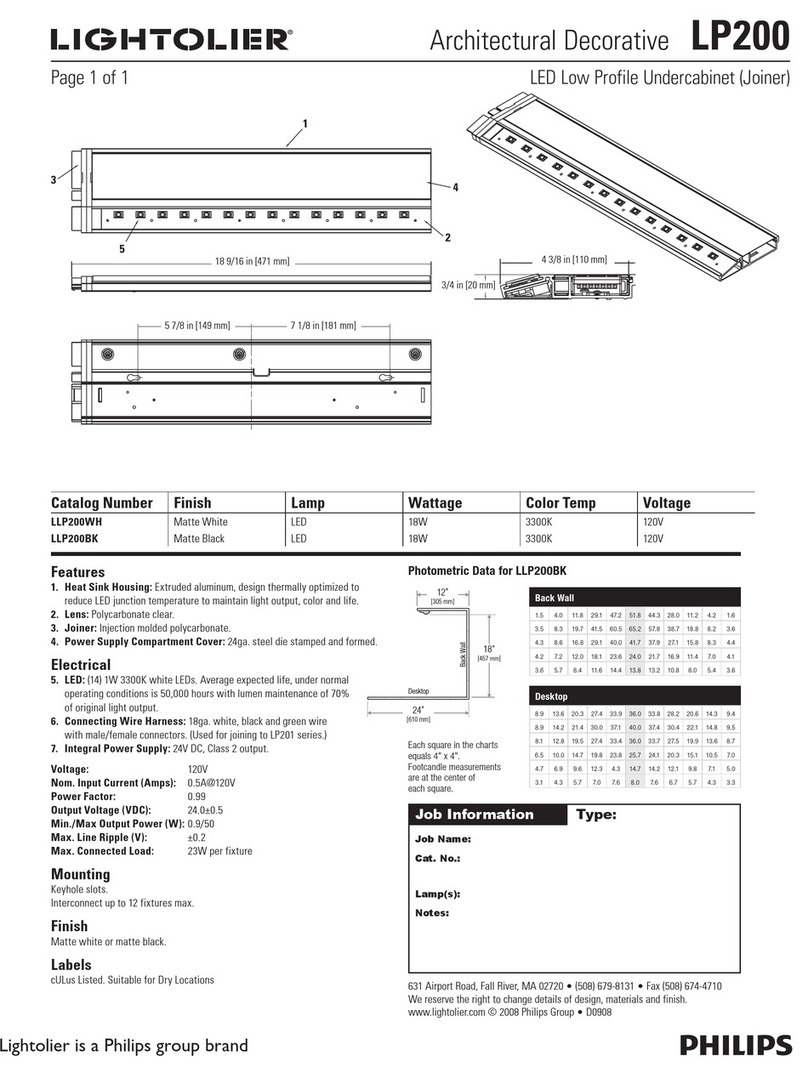
P77DESKEW Fixture Instructions
The P77DESKEW probe deskew fixture provides an edge source to time-align
(deskew) signals at the inputs of P7700 Series probes. The fixture provides a
means to deskew two probes at the same time. The probe and the fixture are
powered by one of the USB ports of the oscilloscope; a USB cable (Tektronix part
number, 174-6919-xx) is included with the fixture.
For performing the deskew procedure, Tektronix recommends using a
DPO/MSO70000C/70000DX series oscilloscope.
Connectors on the fixture accept solder tips that are available for the P7700 Series
probes. The fixture can also be used to deskew probes with browser accessories.
CAUTION. The probes used with the deskew fixture are ESD sensitive. To avoid
damaging the probes, perform these procedures at an antistatic workstation, with
an anti-static wrist strap while observing proper ESD practices. Refer to your
probe user manual for the anti-static information.
For best performance, you should check the calibration status of the oscilloscope
before performing the deskew procedure. If the oscilloscope requires calibration
or the probe requires compensation, perform these steps before deskewing the
probes. Refer to your oscilloscope manual for instructions on performing the
oscilloscope calibration procedures.
Check the calibration
status
To check the calibration status of the probe, perform the following steps:
1. Select Probe Cal... from the Vertical menu.
2. Select the channel to which the probe is attached and then check the Probe
Status readout. There are three possible values for the status:
Initialized. The probe has not been calibrated on the selected channel;
perform the DC probe calibration procedure.
Compensated. The probe has been calibrated on the selected channel.
Fail. The probe has not been calibrated; repeat the procedure.
If the test continues to fail, troubleshoot the problem; do not continue with the
deskew procedure.
www.tek.com
Copyright © Tektronix
*P077126300*
077-1263-00

